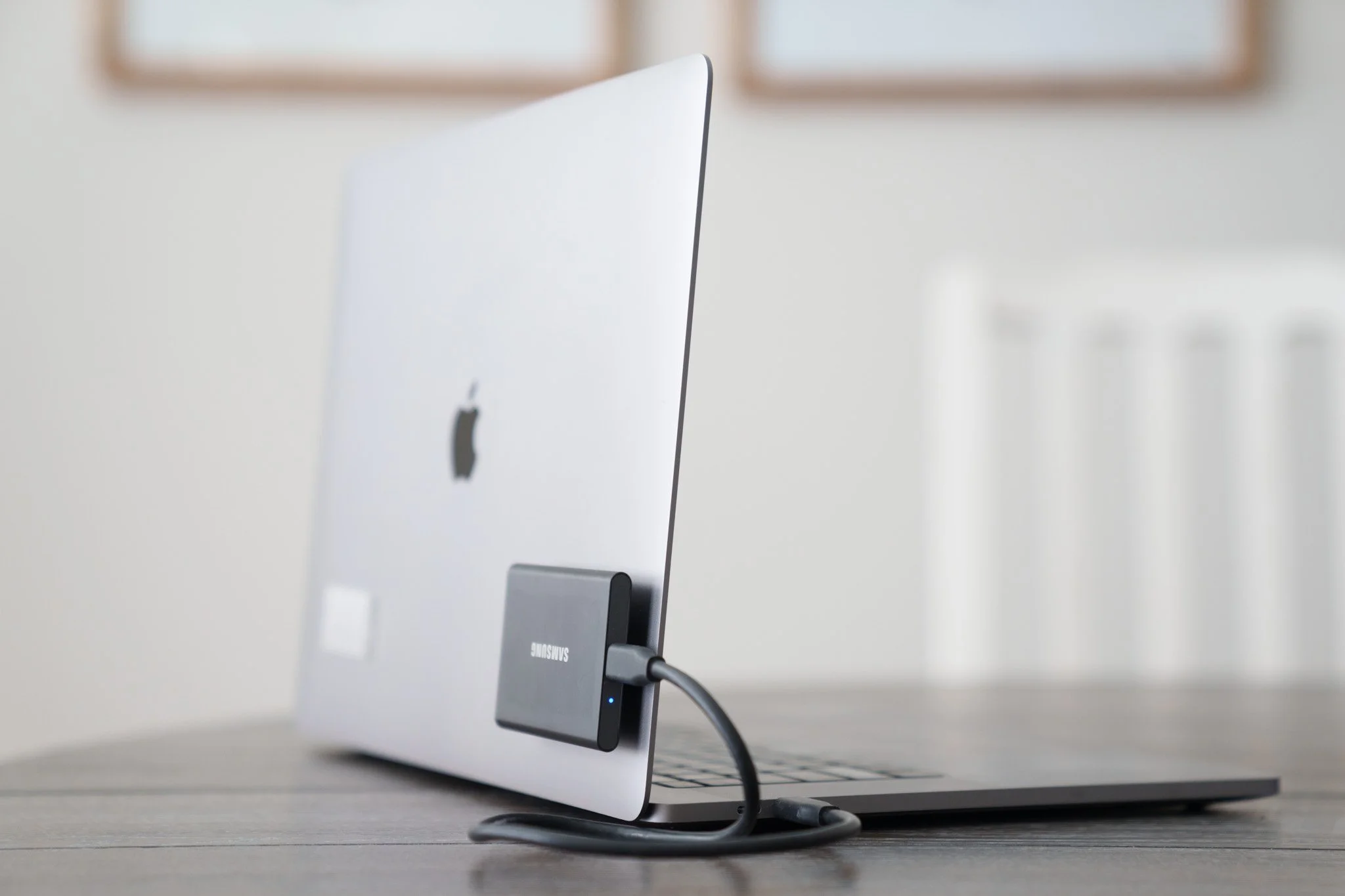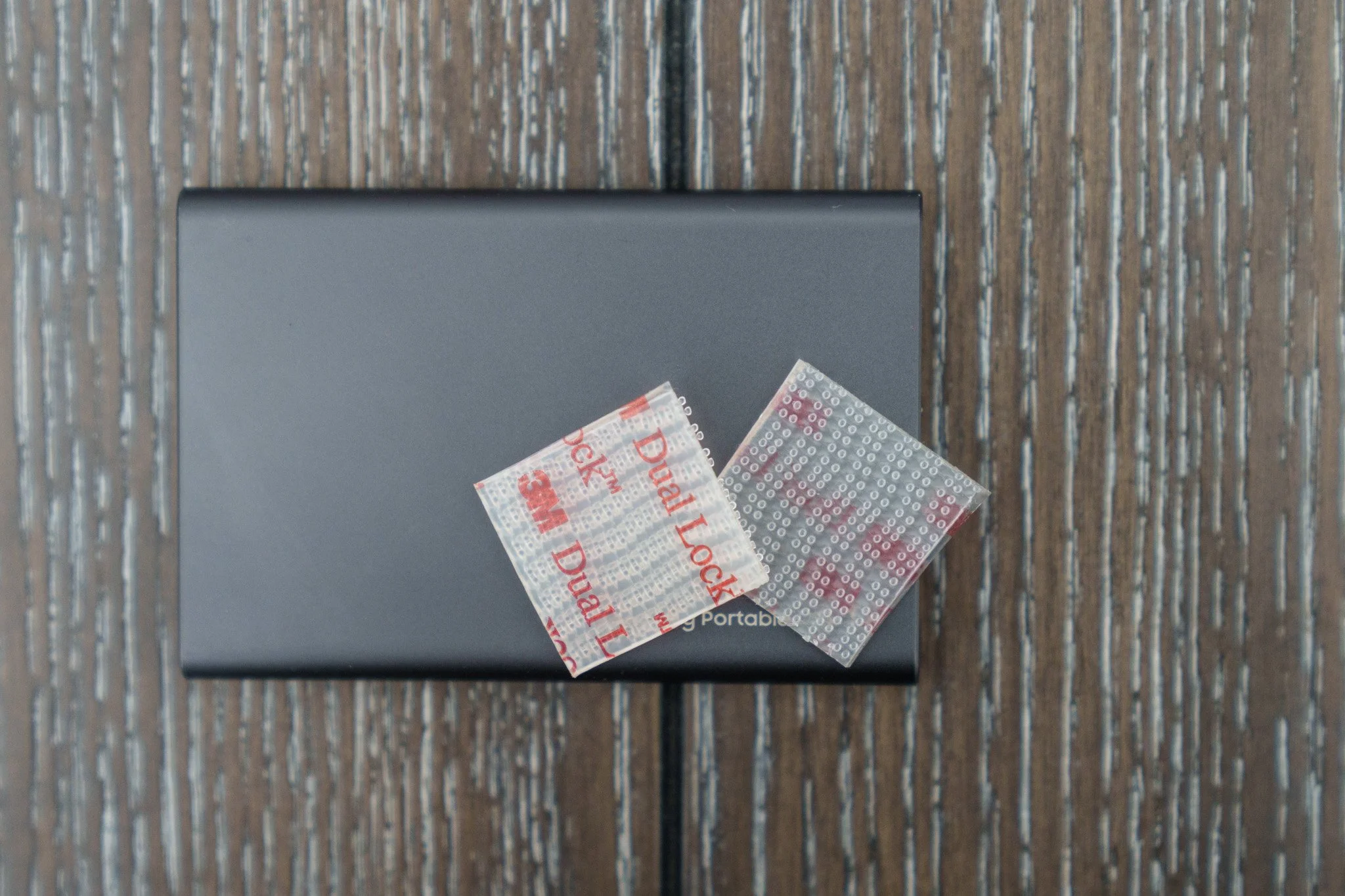The Little Things for Life on the Road
Photos and story by Annalise Kaylor
The tray table had a permanent tilt and clung to its last leg of life with a loose hinge that was likely to snap off whenever it next encountered turbulence. I can’t say I expected anything else after sitting down in a seat so compacted from years of use that it was akin to sitting on plywood. The threadbare fabric pulled away from the seams, exposing a mosaic of stains from spilled drinks and unidentifiable crumbs mashed into the old foam creating a disturbing relief map-like texture.
The window was scratched and the row-mate in the seat to my right had decided to spread out, encroaching upon my space by placing his foot under the seat in front of me and taking up the entire arm rest. I caught myself taking a deep breath and lightly rolling my eyes as I lightly leaned back into him, making a quiet, but obvious, statement that I’d like my space back. He was “one of those,” and it was going to be a long flight.
“It’ll be fine once we get into a cruising speed” I told myself, “only 27 hours to go.”
Atlanta, Georgia, United States, to Bangalore, India. India. Country number 34 on my list of countries I’ve visited. Even a two-hour flight can seem like an eternity when you’re paired with an uncomfortable broken seat and a row-mate who has no interest in making the best out of it.
When I first turned pro, making photography my full-time career, I had hoped my work would allow me to travel far and wide. I had no idea that it was, thus far, going to take me to 39 countries all over this incredible world. Every place is a new favorite, and all of the assignments within their boundaries have left indelible marks on my life.
Being on the road for more than half the year always sounds more glamorous than it is. Regardless of destination, it is inevitable that someone will ask you where you are visiting from and what you do for a living. When you reply that you’re a wildlife photographer, they usually respond in one of two ways: “So, like, you just travel all over and take pictures of animals? “ or, “I’ll carry your bags if you take me with you!” I’d triple the size of my photo archive if every hour I spent in an airport could have been spent in the field instead. But this, too, is as much a part of the job as creating the photographs.
When you’re on-the-go, it’s easy to spot who amongst you at the airport runs a similar travel gauntlet in their own lives. It’s the people who hang back at boarding, knowing that the frantic bottleneck-style rush to board the plane is never going away. The people who can recite which flight number they prefer for a particular route at the drop of a hat. The people who remain calm and unfazed when a flight change is announced — the scattered few who aren’t immediately storming the gate agent with pitchforks and torches.
Everything with your photography workflow is different when your office is more often a tilted tray table and threadbare seat in a 737 than a perfectly-lit desk with a perfectly-calibrated 24-inch monitor. It’s hardly the world’s best desk for editing photos, and yet, when you’re on deadline for an assignment, it’s really your only option.
Once you reach a certain amount of experience with photography, leveling up your photography skills no longer happens in large leaps and bounds, but in incremental, almost immeasurably small, improvements. The attention to the minutiae is what separates the average photographers from the good photographers and the good photographers from the great ones.
Being a road warrior is similar; the more you travel—be it by air, land, or sea—the more the small tweaks and changes in your travel routine become major improvements in your overall life. The tiny upgrades to the routine make the annoying parts of travel tolerable, sometimes even enjoyable.
As wildlife photographers, we are dedicated observers. We have fine-tuned our skills to notice the tiniest of details—a cluttered background that makes taking the photo pointless, blades of grass that just seem to always be in the wrong spot, or a behavior that helps you predict, time and time again, what an animal is going to do next.
Over the years, I’ve used those same skills of observation to fine-tune my travel setup. When I saw someone with a gadget that looked like it would solve one of my travel problems, I’d candidly snap a picture or write it down so I could research it later. When I saw a clever workspace setup on the plane, I’d take notes and try it on my next flight. Eventually, my entire system was dialed in and the dozens of hours spent traveling became much more enjoyable.
Somewhere over the Atlantic, bound first for a connection in Amsterdam, our plane started hitting every conceivable pocket of turbulence in our flight path. The passenger in the seat ahead of me chose this exact time to recline his seat to the full extent possible, which meant my dilapidated tray table was now vibrating and bouncing off my lap.
In years past, I would have scrambled to eject all of my hard drives, card readers, and whatever else was perched precariously on my tray table. It was just too risky to trying to keep them attached to a dangling dongle during abundant turbulence. This time, though, I didn’t need to worry about a hard drive falling to the crusty plane floor, thanks to my 3M Dual Lock Fasteners I use to secure my portable external hard drives and card reader to the back of my laptop.
Over the years (and the miles), I have seen all sorts of setups for managing hard drives and other items on-the-go. When working on film and television sets, I learned quite a bit about setting up production workstations from the digital imaging technicians (DITs or Digitechs) who were responsible for media management on set and backing up the film footage.
When dealing with high-budget and high-stakes situations, there isn’t room for failure. The process that DITs use is extensive, but as foolproof as the industry can ask for. Redundancy is the name of the game, and memory cards are never erased until the photos and footage have both been backed up twice to two different systems on hard drives and the cloud, and the DIT usually also keeps a personal copy off-location in a fire-proof and waterproof safe.
While most of us will never backup workflow that exhaustive, it was the little things learned along the way that made my own workflow more simple and solid. For example, I only use the “roadie wrap” for wrapping my charging cables for travel. Rather than a tight, figure-8 wrap, this loose circle method puts less stress on my cords over time and extends their life a bit more. Plus, they are easier to use without any weird kinks in the middle of the cord.
Most of the DITs I’ve worked with used Velcro for everything, including as a way to mount multiple external hard drives to their computer work station. The concept is that you apply one strip of Velcro to the back of the laptop and one strip to the back of the external hard drive or card reader. Then, you stick the hard drive on the back of the computer to secure it in place with the Velcro.
Velcro is great for many a job - securing wrapped cords, for example, but it has some drawbacks, too. For one, Velcro attracts lint and keeps lint. For proof, I only need look at the hundreds of unsightly scarf threads entangled in the Velcro of my winter coat. Another drawback is that Velcro weakens considerably over time, losing its sticking power and becoming softer and softer with every use. It only took a few months of trying this setup before the Velcro necessitated replacing.
As we undulated through the air, I cast a glance at my colleague for the India assignment just as his rubberized hard drive detached from the Velcro strip on the back of his computer and cascaded to the floor. I cringed; second only to dropped camera or lens, a dropped hard drive is a sound no one ever wants to hear. A dropped hard drive is a small situation with potential for massive ongoing issues.
Preventing this situation for myself is exactly why I abandoned the Velcro idea altogether and searched for a new solution. This is how 3M’s Dual Lock fasteners found their way into my life and became one of those tiny tweaks that added significant improvement to my life.
3M Dual Lock fasteners are similar to Velcro, but with a handful of improvements that are infinitely better for securing my drives, devices, and dongles. It was originally designed for much more industrial uses, like adhering signs and display panels to trains, buses, and boats. With the idea that it would replace screws and fasteners on moving vehicles, it also has a vibration-reducing component, which is all the better for hard drives, too.
Similar to Velcro, the Dual Lock fasteners are available in a tape, with long rolls you can cut to your liking, or in smaller, pre-cut individual pieces. Instead of the hook and loop fastening system that Velcro is made with, Dual Lock is comprised of interlocking mushroom-shaped plastic spires that snap together when closed, then easily peel apart when it’s time to remove whatever you’ve mounted.
Dual Lock does not easily collect lint and 3M reports that it is five times as strong as Velcro, taking about 1,000 times of opening and closing before it loses 50% of its original strength. Each square inch of Dual Lock tape can hold 1kg of weight (2.2 pounds) for 10,000 minutes. In other words, when it comes to holding my external hard drive to the back of my laptop, Dual Lock has me covered. And (knock on wood), it has yet to fail me after five years of using this method. I’ve even replaced some of my Velcro in my camera backpack with it, much happier for the extra security it provides.
The turbulence didn’t let up until our plane began its initial descent into Schipol airport in Amsterdam. My colleague had stopped working when his hard drive had crashed, which meant he was already a few hours behind schedule. A few hours may not sound like much, but when the next two weeks are comprised of 14-hour days for 14 days straight, making up for lost time is downright impossible.
Being able to work for the 8-hour flight meant the next 19 hours of my travel could be all “me time,” the other benefit of being on the road so much. Instead of catching up on editing while laying over, I now had time to visit one of my favorite Amsterdam sites, the Van Gogh Museum, before returning back to Schipol airport for the long flight into Bangalore.


